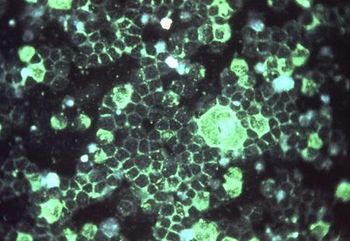
Monday’s action followed by one month the agency’s approval of another first — a monoclonal antibody immunization for newborns — against respiratory syncytial virus, the leading cause of infant hospitalizations in the United States

Monday’s action followed by one month the agency’s approval of another first — a monoclonal antibody immunization for newborns — against respiratory syncytial virus, the leading cause of infant hospitalizations in the United States
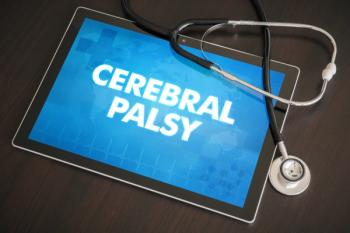
A new study has found that magnesium sulfate given between 30 weeks and 34 weeks’ gestation did not lower the incidence of cerebral palsy in premature infants.
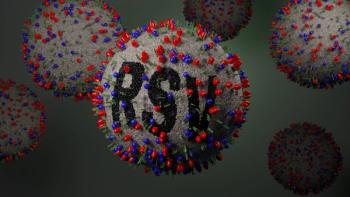
The Centers for Disease Control and Prevention cleared the way for the first immunization approved to protect all young infants and at-risk older babies against respiratory syncytial virus (RSV). There are questions, though, about when insurance coverage will kick in.
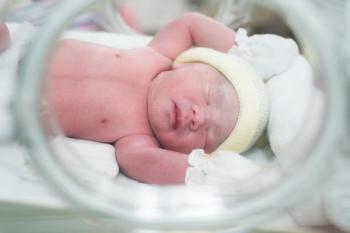
A huge study in Sweden found that the risk was greatest when both parents had been diagnosed with any of a large range of mental illnesses.

Whole genomic-sequencing achieved a higher molecular diagnostic yield but had a longer time to return of results than a targeted neonatal gene-sequencing test.

Most babies born to mothers who used opioids during pregnancy are delivered with a form of addiction called neonatal abstinence syndrome. It is treated in the hospital, but how long the treatment lasts depends on the severity of withdrawal symptoms called neonatal opioid withdrawal syndrome — the amount of distress that the newborn is experiencing.

Data from a survey conducted by Central Michigan University College of Medicine found that newborn weight can be reduced somewhat by marijuana exposure even if it only occurs early in the pregnancy, while reduced head circumference was caused by exposure continued through the second trimester.
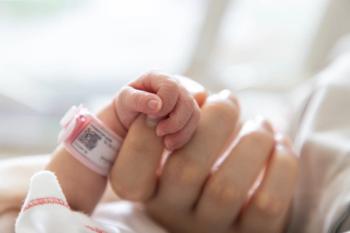
The cause behind these disparities remain unclear and but is likely to be caused by immunological, hormonal, and genetic factors unique to both sexes.
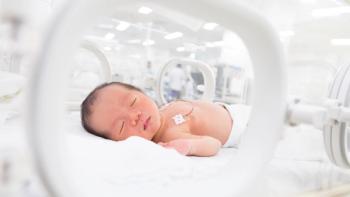
Research results reported by Cornell researchers show price increases when neonatal intensive care units (NICUs) affiliated with practice management companies, but quality indicators largely hold steady.
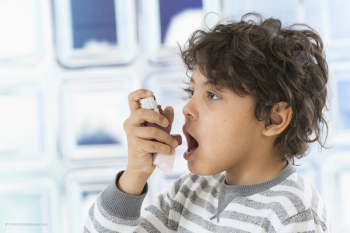
Understanding whether the prevention of RSV infection during infancy can reduce the risk of childhood asthma is key to designing successful and preventive strategies, preventing long-term childhood respiratory morbidity, and outlining healthcare policy measures.

The U.S. maternal mortality is 10 times higher than the rate in countries such as Australia and Japan.
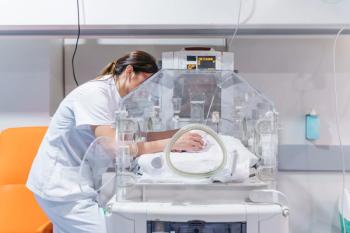
Oxygen supplementation may be necessary, especially for newborns born prematurely. But the oxygen free radicals associated with high levels can be harmful, causing conditions such as retinopathy of prematurity, which can result in blindness. A review article discusses how researchers and clinicians have found the right balance between high and low oxygen supplementation for newborns.

Stakeholders may comment on guidance’s at any time, but the FDA plans to review and consider those sent by the May 15 deadline before finalizing the guidance.

Over 600 pregnant women and their newborns were analyzed to test the long-time assumption that has resulted in inconsistent data collected in past studies. For more clear results, researchers collected and evaluated pre-delivery maternal vaginal swabs and infant stool samples at 10-days and 3-months of life.

Findings reported this month in Pediatrics add to the evidence suggesting that neonatal intensive care units (NICUs) may be overused. Routine NICU care for low-acuity premature infants may be unnecessary and have a negative effect on breastfeeding, conclude the authors.

Researchers caution, though, that their findings should not be construed as an endorsement of liberal use of opioids by new mothers.